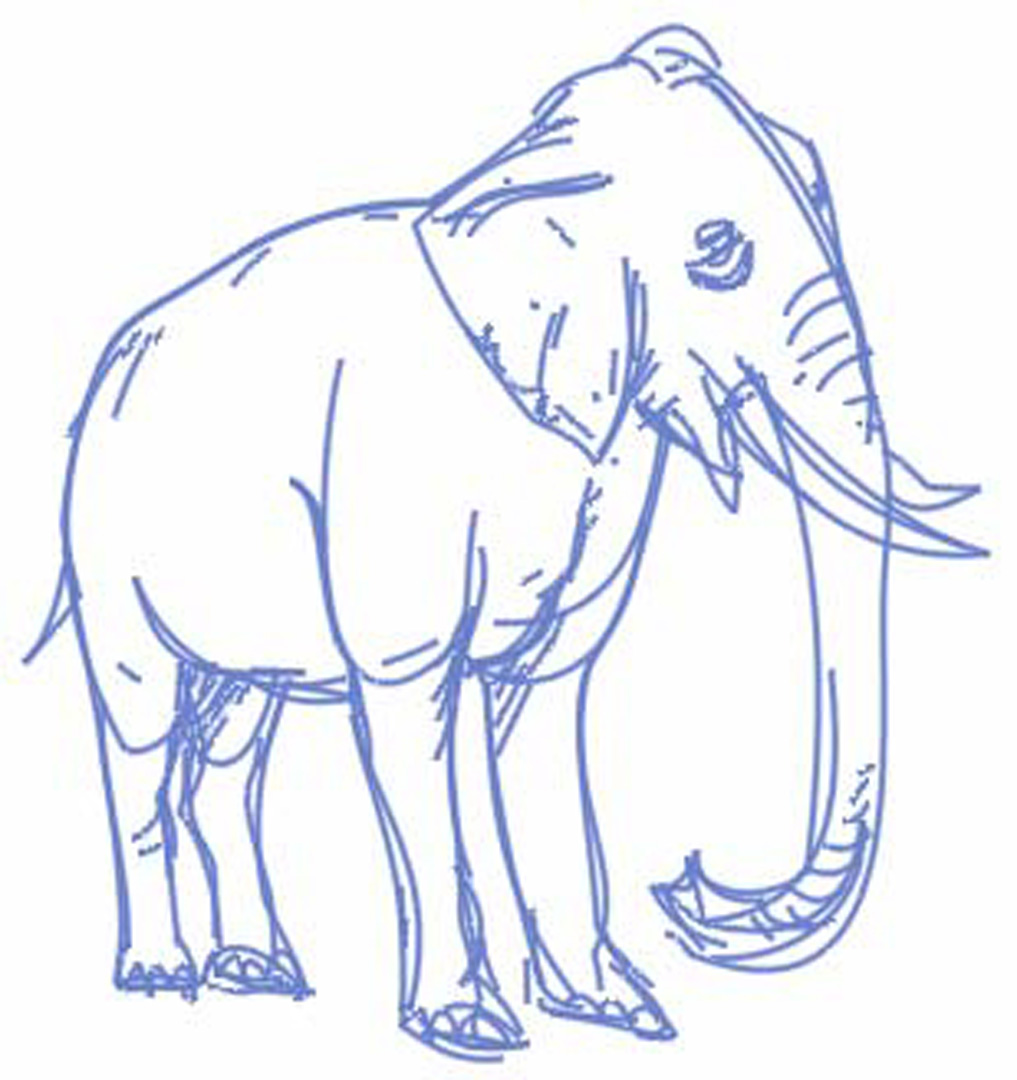“Sketching curves with immediate feedback” by Frisken
Conference:
Title:
- Sketching curves with immediate feedback
Session/Category Title: Looking Good
Presenter(s)/Author(s):
Abstract:
Computer-based drawing is important for applications ranging from sketching for illustration and design to signature capture for identity verification. While digital input devices typically provide a sequence of digitized points, applications often require input in the form of a parametric curve. Unfortunately, current methods for fitting curves to points can be complex, often require significant preprocessing of the digitized points, and can fail, especially when the path of the input points is complicated and self-intersecting. In addition, current methods typically require a full sequence of digitized points (e.g., all of the points recorded by a digital pen between pen-down and pen-up events) prior to determining any portion of the curve. This forces applications to draw an approximation of the curve until the full sequence is available (e.g., Adobe Illustrator draws the digitized points, while Microsoft’s PowerPoint draws a polyline connecting the digitized points) and may result in a noticeable delay between the pen-up event and curve generation and/or a noticeable shape change when the generated curve replaces the approximation.
References:
1. {1} Ahn, Least Squares Orthogonal Distance Fitting of Curves and Surfaces in Space, Lecture Notes in Comp. Science, Springer-Verlag, 2004.
2. {2} Faugeras and Gomes, “Dynamic Shapes of Arbitrary Dimension: The Vector Distance Functions”, Proc. IMA Conf. on Math. of Surfaces, 2000.
3. {3} Frisken, Perry, and Jones, “Detail-directed Hierarchical Distance Fields”, U.S. Patent 6,396,492.
4. {4} Perry and Frisken, “Method and Apparatus for Rendering Cell-Based Distance Fields Using Texture Mapping”, U.S. Patent 6,917,369.
5. {5} P. Schneider, “An Algorithm for Automatically Fitting Digitized Curves”, in Graphics Gems, ed. Glassner, Academic Press, 1990.





